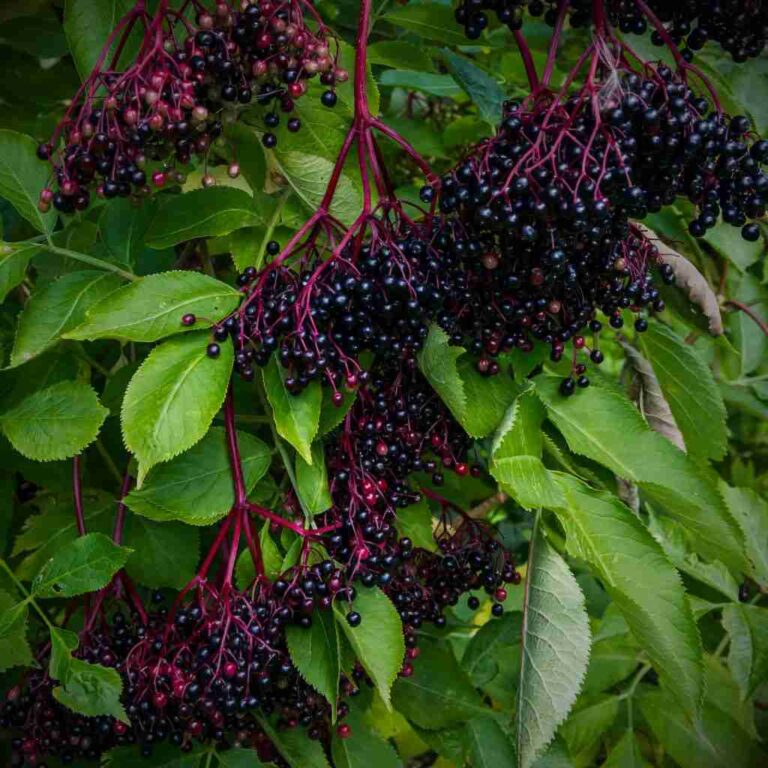Elderberry folklore: a tree between worlds
In European folklore, elderberry is also called the ‘witch tree’ or ‘tree of the witches’, revered as a vessel for protective spirits. Although in Europe it is often associated with Sambucus nigra, in North America a similar reverence is paid to Sambucus canadensis. The legend speaks of the Elder Mother, a guardian spirit who lives in the tree and who must always be approached with reverence. It was believed that cutting elder without permission would bring bad luck, emphasizing the sacred respect inherent in elderberry folklore.
Among several Native American tribes, Sambucus canadensis was deeply revered for its medicinal virtues and spiritual power. It embodied generosity, wisdom and protection and symbolized the powerful interaction between the visible and invisible worlds.
Hippocrates, known as the “Father of Medicine,” called Elder his “medicine chest,” emphasizing its extensive healing properties. Dioscorides, in his seminal work De Materia Medica, noted the elder’s soft pith, which could be easily removed to create hollow reeds, a feature that found practical applications across cultures.
It is believed that the name ‘Sambucus’ is derived from ‘sambuca’, an ancient stringed instrument, indicating the elder’s association with music and sound. In Greek mythology, the god Pan made his pan flute from reeds, symbolizing the elder’s connection to musical enchantment and the natural world.
Archaeological findings show that elder was cultivated as early as the Stone and Bronze Ages (3000–4000 BC) in regions such as Italy and Switzerland, underscoring its long-standing significance in human history.

